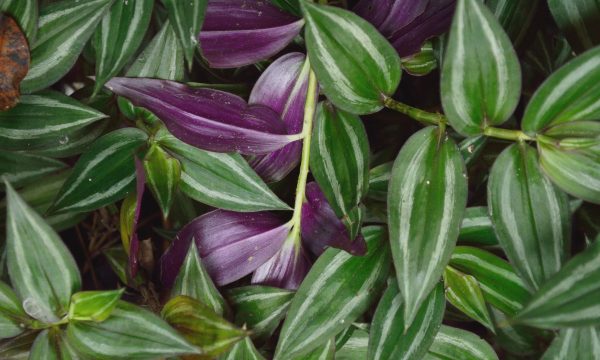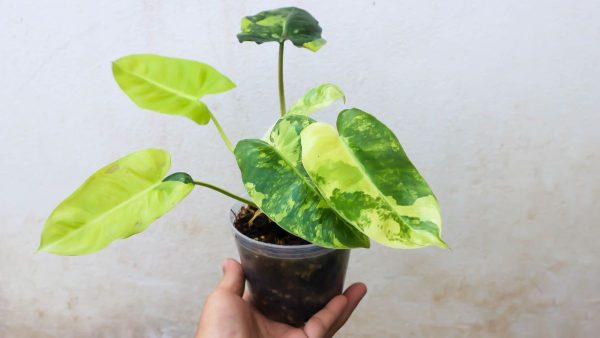Snake plants are celebrated for their resilience, air-purifying qualities, and striking appearance.
Typically they’re grown in soil, but an increasing number of plant lovers are turning to water propagation as a simple way to cultivate these plants.
In this guide, we’ll explore the ins and outs of how to successfully grow snake plants in water, ensuring your green companions thrive.
Why Grow Snake Plants in Water?
Growing snake plants in water, a method known as hydroponics, has several benefits. But, it takes at least 3 months to propagate so you need to be patient.
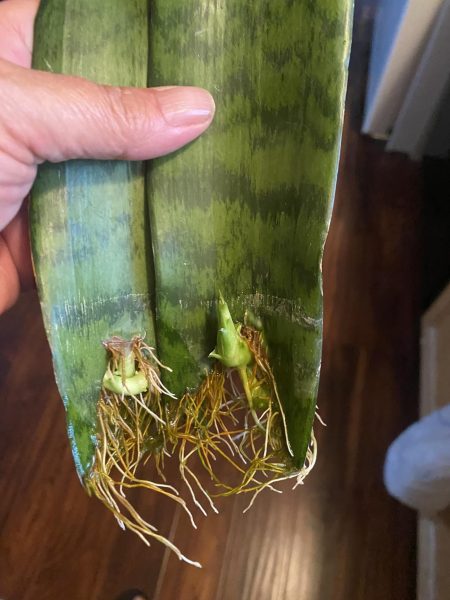
It eliminates worries about over-watering, which is the bane of many houseplants.
It provides a cleaner alternative to soil-based growing, reducing the risk of pests and diseases.
Furthermore, it creates a visually appealing display that blends well with modern decor trends.
How to Propagate Snake Plant in WATER?
1. Select a Plant
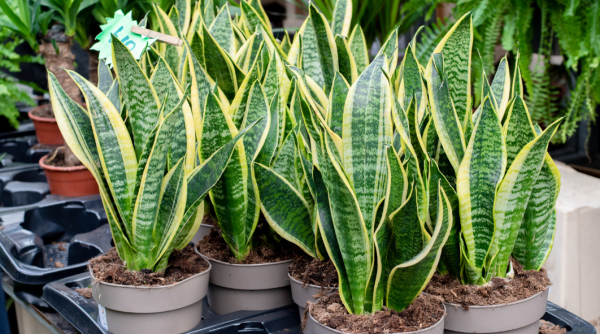
Choose a healthy snake plant or a healthy leaf cutting for water propagation.
Ensure the cutting is at least 4 inches long for optimal root development.
2. Preparing Your Cutting
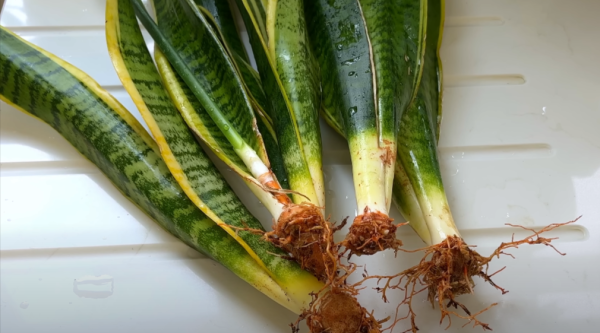
If you’re starting with a cutting, make a clean cut with a sterilized knife or scissors.
Ideally, cut at an angle to increase the surface area for rooting.
Allow the cutting to callus over (dry out) for 1-2 days before placing it in water. This step is crucial to prevent rot.
3. Choosing the Container
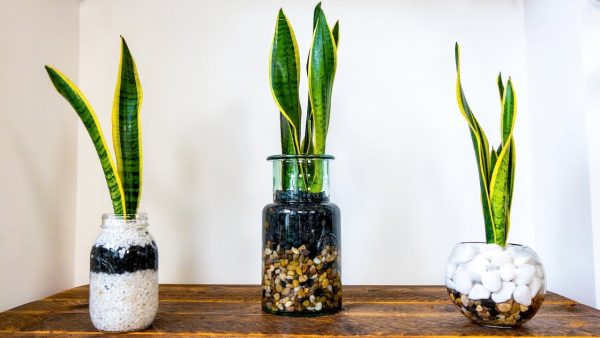
Select a container that can comfortably hold your plant or cutting.
Transparent glass containers are popular as they allow you to monitor root growth and water conditions.
Make sure the container is clean to prevent any potential infection.
4. Planting
Fill your chosen container with clean, room-temperature water.
Tap water can be used, but if your tap water is heavily chlorinated, consider letting it sit overnight to allow the chlorine to dissipate, or use filtered water.
Place the snake plant cutting or the whole plant so that the bottom part is submerged in water.
Avoid submerging the entire plant, as this can lead to rot. Position the container in indirect light.
Snake plants are famously tolerant of low light conditions, but they do appreciate some indirect sunlight for optimal growth.
How to CARE for Successful Propagation?
1. Change Water
Change the water every 2-3 weeks to keep it fresh and prevent the growth of bacteria and algae.
This is also the perfect opportunity to check the health of the roots and trim any that might be dead or rotting.
2. Nutrient Supplement
While snake plants can survive in plain water, adding a hydroponic fertilizer can boost their growth and vitality.
3. Monitor Growth
Keep an eye on your water-grown snake plant for signs of stress or disease. Healthy roots should be white and firm.
Yellow or mushy roots indicate problems and should be addressed promptly by changing the water and trimming affected roots.
How to Propagate NEW Snake Plant?
Once your snake plant has established a healthy root system, you can propagate new plants by dividing the roots and placing them in separate containers.
This is a great way to multiply your collection or share with friends and family.
Common Problems You Can Face
- Root Rot: Typically caused by infrequent water changes or poor water quality. Fix this by trimming rotten roots and changing to clean water.
- Slow Growth: Ensure the plant is getting enough light and consider adding a diluted hydroponic fertilizer to the water.
- Algae Growth: Algae thrive on light and nutrients. Reduce their occurrence by changing water regularly, using opaque containers, or limiting light exposure.
Conclusion
Growing snake plants in water is a low-maintenance, aesthetically pleasing way to enjoy these versatile plants.
With minimal care, they can flourish, providing clean air and green elegance to your home.
Whether you’re a plant parent or new to the world of hydroponics, water propagation of snake plants offers a rewarding experiment in greenery that’s hard to match.
Give it a try, and you might find yourself hooked on the simplicity and beauty of growing plants in water.
